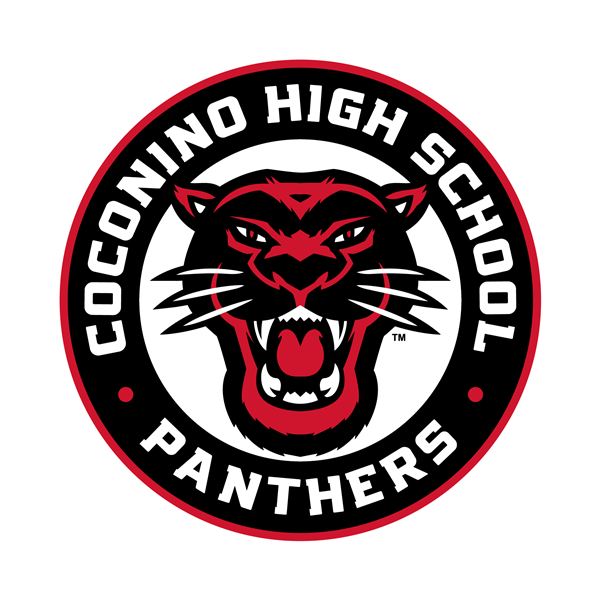We are currently in the hot mid-summer period, between the last cool spells of late spring and the onset of the monsoon in late July, but rainfall has been light this month and is expected to be only sporadic in August.
According to the Old Farmer's Almanac, the hot summer period lasts for 40 days from July 3rd to August 11th, when temperatures are high, rain is rare, and we humans become lethargic as we endure the heat of the day.
The term comes from the rising of Sirius, also known as the “Dog Star” in the constellation Canis Majoris, the brightest star in the night sky. Although officially called Alpha Canis Majoris A on modern star charts, the Greek word “seirios” means “shining” or “scorching,” and ancient Greek and Near Eastern astronomers believed that the high summer temperatures were due to the Earth moving towards this “hot” star at the end of summer, causing temperatures to rise.

Of course, we know that Sirius is 8.6 light years away from Earth, and that only our home star can affect Earth's relative temperature. Sirius appears bright from Earth because it is the closest A-type main sequence star to Earth.
Incidentally, Sirius A is a binary star system and orbits the white dwarf star Sirius B, which was discovered in 1844.

The city is in the midst of a summer slowdown as tourist visitation has dropped citywide due to Fourth of July weekend crowds. The holiday itself fell on a Thursday, making it a four-day weekend for many Phoenix-area visitors. Those who drove along Highway 179 and into Uptown and East Sedona over the weekend suffered heavy traffic from through-trip passengers heading from Oak Creek Village to Oak Creek Canyon to enjoy the cooler weather and water.
Now that the holidays are over, businesses that rely on tourists, such as restaurants, bars, hotels, resorts, retail stores, travel agencies, car rental companies, spas, masseuses, etc., will have a real struggle to stay open and in the black. Secondary and ancillary businesses that rely on this frontline tourist business will also see a decline in business, such as caterers, wedding professionals, photographers, mechanics and technicians, cleaners, transport drivers, musicians, DJs and entertainers who perform at venues, weddings and parties. While some, like mechanics and mechanics, can rely on providing services to residents, many will have to survive on the money they made during peak times until tourism resumes in the fall.
Wildfires are also burning across the state. The smoke horizons seen on Sunday afternoon subsided overnight, and much of Sedona and the Verde Valley woke up to smoky skies on Monday morning.

As wildfires burn across a region that stretches from the New Mexico border in the east to the Grand Canyon in the north and Prescott in the south, the Verde Valley has become a smoke trap, a basin where fine particles have rained down overnight and no real relief is expected until monsoon storms move in.

Late last month, with the storm passing, we went from Stage I fire restrictions to Stage II and back to Stage I with some relief. Who really knows if the tougher restrictions will come back in the coming weeks? Stage II restrictions have stricter rules than Stage I, and most recreationalists won't have much of a problem with the prohibitions or be affected as much. After all, serious hikers hitting the trails in the summer tend not to smoke, and with nighttime temperatures exceeding 70 degrees Fahrenheit, they don't need as many campfires to keep warm at night. Stage III fire restrictions, however, can result in the complete closure of an area or entire forest, as state, federal, and local fire managers crack down on any sparks or flames that could start a fire on public lands.
The onset of the monsoon is expected to be weaker than normal with a normally wet monsoon not expected until at least 2025 or 2026.
Most Verde Valley schools are scheduled to return to regular classes the first week of August. Parents who were able to get their kids involved in activities in June are no doubt wondering what to do in July now that the previous activities are over.
Luckily, the Sedona Community Pool is open next to the West Sedona School for recreational swimming weekdays from 1-5:15pm and Saturdays and Sundays from 11:30am-7pm. The theater is showing summer movies. The Sedona Public Library hosts summer reading programs and numerous community events throughout July. Oak Creek and the Verde River are both accessible, and if you're willing to find a parking space or walk, you can enjoy a refreshing dip at one of the local swimming holes. With the tourists gone, local restaurants and bars will welcome the extra business, so consider supporting local businesses during the upcoming off-season. Temperatures will start to drop into the mid-90s by the end of July, but be prepared for hot days to continue until then.







